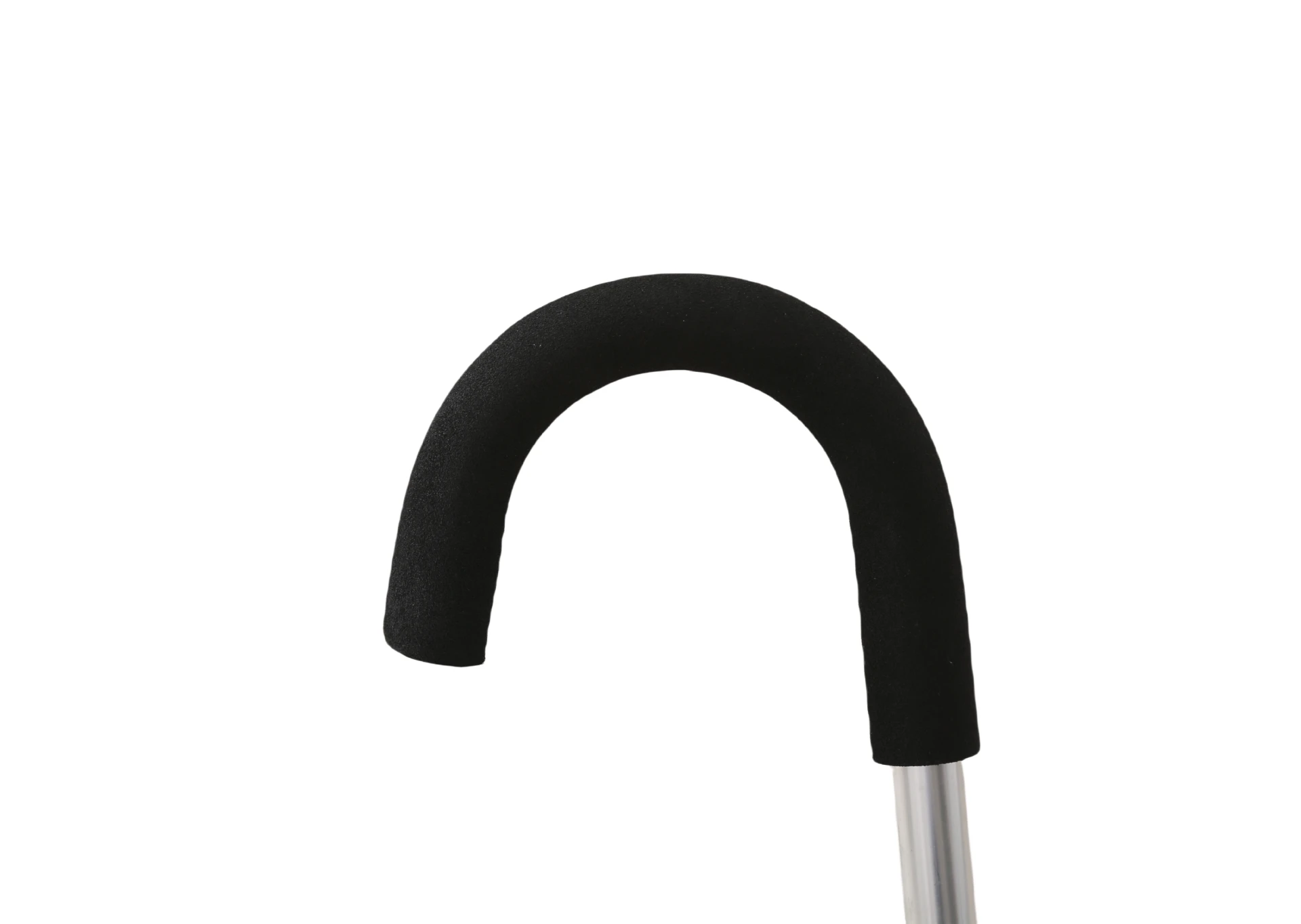Welcome to our websites!
Understanding the Expenses Involved in Purchasing a Rollator Walker
Understanding the Costs Associated with Rollator Walkers
As we progress in age, maintaining mobility becomes a priority for many. One of the most effective aids designed to help individuals maintain their independence and enhance their mobility is the rollator walker. While they are incredibly beneficial, it’s important to understand the cost associated with these devices to make informed decisions.
What is a Rollator Walker?
Before delving into the costs, let’s explore what a rollator walker is. A rollator is a mobility aid that comes equipped with wheels, handlebars, and a seat. Unlike a traditional walker, which may require lifting, a rollator allows individuals to push the device forward and offers the option to sit down when needed. Rollator walkers are ideal for seniors or individuals recovering from surgery, as they provide stability and a sense of security.
Breakdown of Costs
When considering purchasing a rollator walker, the costs can vary significantly based on several factors. Here’s a breakdown
1. Basic Models Entry-level rollators typically retail between $60 and $150. These models feature simple designs, lightweight frames, and essential functionalities such as hand brakes and a basket for personal items. They are perfect for those who require a bit of support while walking but may not need additional features.
2. Mid-Range Options Mid-range rollators, priced between $150 and $300, often come with better materials and added functionalities. These models may include larger wheels for outdoor use, adjustable height features, and more comfortable seating. If the user's mobility challenges are significant but not extreme, these models could be a good investment.
3. Premium Rollators High-end rollators can range from $300 to $600 or more. These often boast advanced features such as ergonomic designs, built-in storage solutions, and even specialized options for individuals with specific needs (like wider seats or higher weight capacities). They may also offer better durability and warranties.
cost of rollator walker

4. Accessories and Additional Costs Beyond the initial purchase price, consider any additional costs for accessories. Things like cup holders, trays, storage bags, and replacement parts can add to the overall expense. It's also worth noting that some rollators may require periodic maintenance, which could include brake adjustments or tire replacements.
Insurance and Medicare Coverage
One crucial aspect of the cost of rollator walkers is insurance coverage. Many insurances, including Medicare, consider rollators a durable medical equipment (DME) option. This means that they may cover part of the cost, provided you have a prescription from a healthcare provider. Be sure to check with your insurance company to understand the specific coverage details, as this can significantly reduce out-of-pocket expenses.
Renting vs. Buying
For those who may only need a rollator temporarily—like after surgery or during recovery—a rental option might be more cost-effective. Rental fees can range from $15 to $30 per week, depending on the model and the rental provider. This can be a more manageable option for those who are uncertain about long-term use or want to try out different models before making a purchase.
Conclusion
The decision to invest in a rollator walker can greatly influence an individual’s quality of life. By understanding the range of costs—from basic models to premium options—individuals can better assess their needs and budget. Additionally, considering insurance coverage and rental options can further ease financial concerns.
Ultimately, the goal of using a rollator walker is to foster independence and safety in mobility. Taking the time to research, compare features, and understand costs will ensure that the right choice is made, promoting a more active lifestyle for anyone who needs a little extra support in their daily lives.
-
Transforming Healthcare with Hospital FurnitureNewsJun.24,2025
-
Rehabilitation EquipmentNewsJun.24,2025
-
Mobility and Independence with WheelchairsNewsJun.24,2025
-
Freedom of Mobility with Our Rollator WalkersNewsJun.24,2025
-
Comfort and Independence with Commode ChairsNewsJun.24,2025
-
Bathing Safety and Independence with Shower ChairsNewsJun.24,2025
-
Navigating the Wholesale Landscape of Electric Mobility Solutions: Key Considerations for Power Wheelchair DealersNewsJun.10,2025











